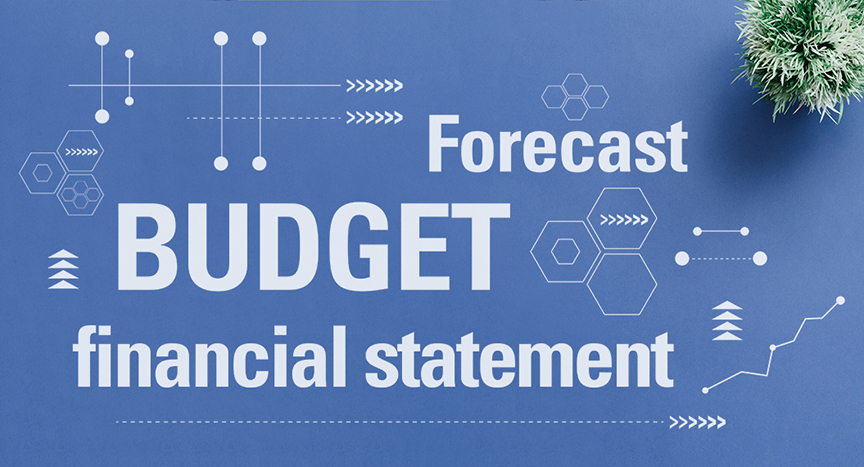Clients probably know the terms “Budget” and “Forecast,” but they may not know the difference and that they are best when used.
Chances are that clients have heard someone use the terms “Budget” and “Forecast,” but they may not know they are different and best used together. Business owners can monitor and make adjustments to their business operations by implementing accurate monthly financial statements, annual budgets and monthly or quarterly forecasts.
Financial Statements
Clients need to understand how important it is to produce monthly financial statements. This is the historical record of where their money came from and where it was spent. Many think it is only necessary to gather this information annually to prepare income tax returns, but this data is needed to run their business operations. Ideally, clients should view this information on an accrual basis for operational needs. Accrual basis is recognizing revenue when it is earned and the related expenses to produce the product or service in the same period in which it is earned. This enables the client and/or their CFO to determine exactly how much it costs to perform the service or produce the product. A lot can be learned about trends by studying this monthly historical data. However, it is also useful in alerting clients to problems and providing clues about strengths. If one zeros in on troublesome trends, an immediate operational decision can be made that counters a growing problem. If a client notices which customers or revenue streams are driving their highest profits, they can fine tune their marketing and sales teams to focus on these areas.
Budgets
A business should prepare an annual budget to understand what they are trying to accomplish in the coming year. Resources will be needed to achieve goals, and it is important to earmark funds that will be needed to hire additional labor, purchase capital equipment, and provide the infrastructure needed to support new growth. Budgets can be a “top down” or a “bottoms up” approach. In a top down approach, the senior management may provide a total budget that aligns with the corporate goals and assign the department to develop how it will best utilize those funds. In a bottoms up approach, each department would build their budget from scratch to accumulate the total needed to provide all goods/services for the year. Whichever method a client uses, the most important lesson is that the senior management team should align the final budget with the overall corporate strategy for the year so there are no conflicting goals. For example, the IT department could be concerned about replacing employees computers every 3 years so there are no data failures. The company may be struggling with cash flow and need to trim this budget. The senior management would then communicate to the IT department during the budget process that they should repair as many PCs as possible rather than immediately replacing at the 3-year mark.
Forecasts
A forecast is a monthly or quarterly estimate of how the business will perform. It usually starts as the budget and then is updated each month with the actual historical data. The remaining months of the year are then adjusted to reflect estimates that are more in line with the current business performance. Forecasts are fluid and always changing. This is because every month, more data points are known about what will happen in the near future. The further out the forecast is projected, the less reliable the data. This is due to unknown factors that cannot be predicted. For instance, if your business is to manufacture and sell widgets, you will have a pretty good understanding of the next 1-3 months of sales because you have already acquired orders that need to be fulfilled for your customers. If in month 4 of the forecast, there is a natural catastrophe that wipes out your most economical supply of widget parts, the costs would go up or manufacturing could be delayed until a replacement supplier if found. This would require many changes to the forecast—for costs as well as new pricing for customers.
Businesses run on information. Clients need to understand the information available and use it to plan and predict what comes next. Clients also have to validate the data they are using to make sure their accountant is getting accurate data. If they are not keeping their eyes on the road, they could become victims of their own success. If they keep their eyes on growth, they’ll be building out infrastructure as they go so grand success doesn’t end in grand failure. If clients can’t get products or services out to their customers in a timely and organized fashion, they could miss their chance at the best future. This is why it is so important for clients to utilize financial statements, budgets and forecasts in order to keep your business in balance

